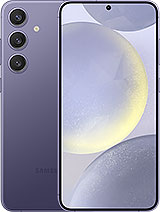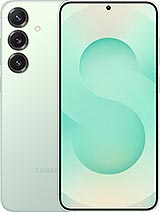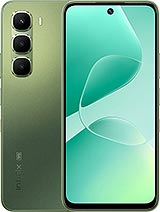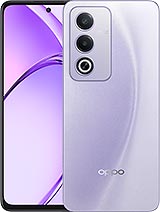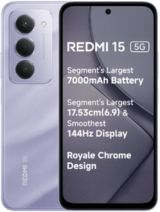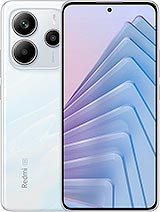Apple iPhone 13 mini alternatives
Tap above to see alternatives.
Tecno Spark 20 Pro alternatives
Tap above to see alternatives.
Apple iPhone 13 mini

Apple iPhone 13 mini
-
A15 Bionic
5 nm
-
2438 mAh
20W
-
5.4"
1080 x 2340 pixels
-
12 MP
4K@24/30/60fps
- Specs
Tecno Spark 20 Pro

Tecno Spark 20 Pro
-
Dimensity 6080
6 nm
-
5000 mAh
33W
-
6.78"
1080x2460 pixels
-
108 MP
1440p@30fps
- Specs
2x3.23 GHz Avalanche
4x1.82 GHz Blizzard
2x2.4 GHz Cortex-A76
6x2.0 GHz Cortex-A55
4GB 256GB (NVMe)
4GB 512GB (NVMe)
8GB 256GB (UFS 2.2)
f/1.6, 26mm (wide), 1/1.9", 1.7µm, dual pixel PDAF, sensor-shift OIS
12 MP
f/2.4, 120˚, 13mm (ultrawide), 1/3.4", 1.0µm
f/1.8, (wide), 1/1.67", 0.64µm, PDAF
2 MP
f/2.4, (macro)
1080p@30/60/120/240fps
1080p@30fps
f/2.2, 23mm (wide), 1/3.6"
SL 3D, (depth/biometrics sensor)
wide
1080p@30/60/120fps
1080p@30fps
SIM1: Nano, SIM2: eSIM
SIM1: Nano, SIM2: Nano
17 5G bands
n1, n2, n3, n5, n7, n8, n20, n25, n28, n38, n40, n41, n66, n71, n77, n78, n79
2 5G bands
n3, n40
In this performance comparison, the Apple iPhone 13 mini with its Apple A15 Bionic (5nm) performs better than the Tecno Spark 20 Pro with the Mediatek Dimensity 6080 (6nm), thanks to superior chipset efficiency.
Apple iPhone 13 mini offers 7 years of OS updates, while Tecno Spark 20 Pro does not have confirmed OS update information. Apple iPhone 13 mini receives 7 years of security updates, while Tecno Spark 20 Pro does not have confirmed security update information.
Apple iPhone 13 mini features a superior AMOLED display, while Tecno Spark 20 Pro comes with an LCD panel. In terms of smoothness, Tecno Spark 20 Pro offers a higher 120 Hz refresh rate, ensuring fluid scrolling and animations. Apple iPhone 13 mini also boasts a brighter screen with 800 nits of peak brightness, enhancing outdoor visibility. Both phones have the same screen resolution.
Tecno Spark 20 Pro features a larger 5000 mAh battery, potentially delivering better battery life. Tecno Spark 20 Pro also supports faster wired charging at 33W, compared to 20W on Apple iPhone 13 mini. Apple iPhone 13 mini supports wireless charging at 15W, while Tecno Spark 20 Pro does not support wireless charging.
Apple iPhone 13 mini offers better protection against water and dust with an IP68 rating.
¹ Scores can vary even with the same chipset due to RAM, thermals, and software optimization.

